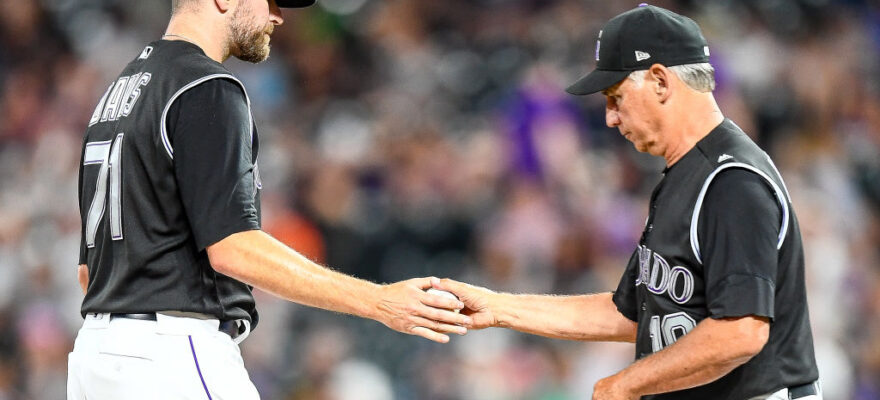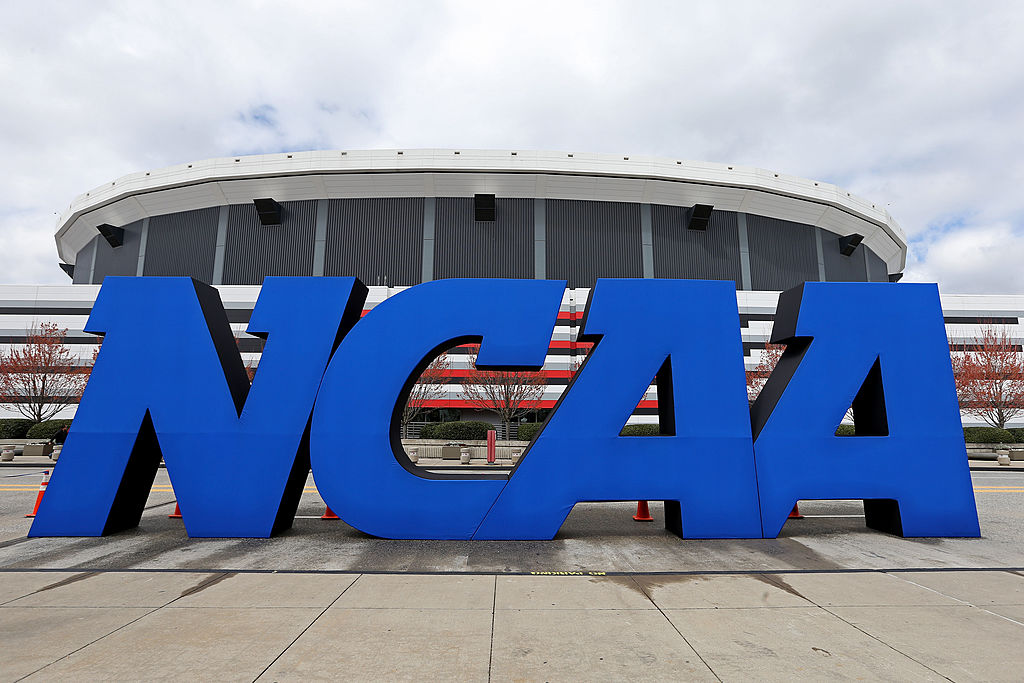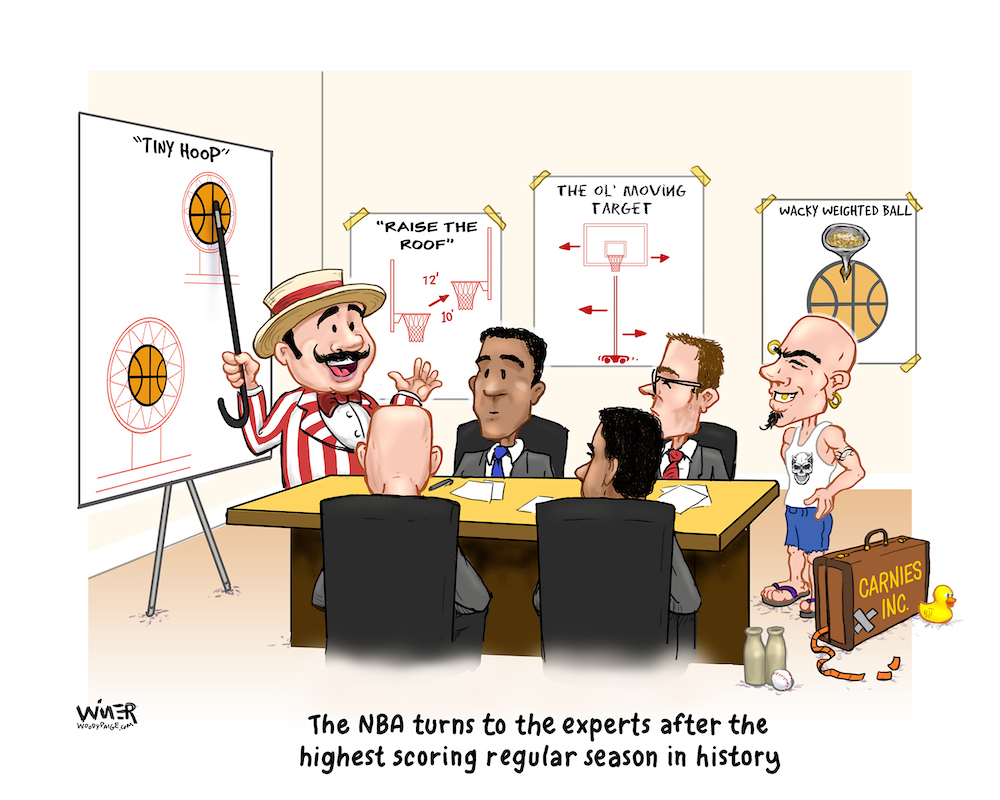You just have to get three measly outs, and sometimes, not even that. Sometimes you come into game with a three run lead and only have to get one out and they still reward you. Sometimes you don’t even need a shower after you play in a game.
Being a “closer” is one of the easier jobs in baseball, right?
Wrong. Really wrong. Ignoring science kind-of wrong.
Being a closer – especially at the major league level – is as hard a job as there is in all of sports. Unless you’ve been in those spikes, it’s hard to describe all the reasons why. But I’ll give you a couple of quotes that might help.
First, former Colorado Rockie Curtis Leskanic once famously said after he’d been put in the unfamiliar role of closer for a game, “I felt like I was pitching with my hair on fire.”
Perhaps even more descriptive, a former Milwaukee Brewers teammate, Bill Wegman – a very successful starting pitcher most of his career – told me after he had pitched in a game ending situation, that “I felt like I was trying to get three outs with one pitch.”
Pitching the ninth inning isn’t like pitching any of the previous eight. There’s an urgency to it that doesn’t exist when you still have more game to play. You’re trying to end/win it. The other team is pulling out all the stops. You have the weight of your team on your shoulders – everything is riding on your performance. Yet you can’t rush things. You can’t try too hard. You have to stay in your rhythm, stay laser focused on making one good pitch at a time, ignoring the unique circumstances.
That’s a lot to manage mentally, while trying to execute to near perfection physically.
So, it takes a uniquely talented athlete to handle the role successfully. Mentally tough, physically resilient and emotionally immune from the peaks and valleys that are inevitably part of the ride. Just having two of those three traits isn’t good enough.
Many successful closers have overcome mental blocks and emotional let downs and managed to remain effective. A few have even reinvented themselves physically in order to continue to be able to compete at the highest level – transitioning from flamethrower to control artist for example. Hall of Famer Dennis Eckersley leaps to mind.
But guys like Eck are the exception that prove the rule. For the vast majority of pitchers who have been successful closers, when the physical part starts to go, so does their status at the very back end of the bullpen.
For a guy like Wade Davis, a three-time All-Star, World Series Champ with Kansas City in 2015 and the National League saves leader with the Colorado Rockies in 2018, losing your fastball velocity – your “stuff” – is a death sentence for your career as a closer. If you believe in the radar gun, that time appears to have arrived for Davis.
At his peak, Davis was throwing a fastball in the mid to upper 90’s while closing out World Series games. Even in 2018, while playing a critical role in the Rockies run to the post season, he was mixing in several quality breaking pitches with a mid-90’s heater.

But when it goes, it goes quickly. Over the past year, the velocity and pinpoint command of his stuff has eroded. His ERA over the past calendar year is almost 13.00. It was over 11.00 at Coors Field last season. His first save opportunity this season was a hair raising (yet ultimately) successful thrill ride in Texas where he faced five hitters, nibbled and fell behind, getting to 3-2 on all five of them before wiggling out of the jam. His first outing at Coors Field was a disaster. After getting the first two outs, Davis gave up two homers and blew the game. A closers nightmare. Now he’s on the injured list.
The issue? The radar gun says Davis is now topping out at 92, often times not reaching 90. The pinpoint command is gone, too. He’s lost his closer stuff. Soon he’s very likely to lose his closer’s job for good.
Craig Kimbrel of the Chicago Cubs is in a similar spot.
Dominant not that long ago, Kimbrel hasn’t lost his fastball, but something else has gone terribly wrong. In 22 innings since joining the Cubs, he’s given up 11 homers, including two in his most recent outing. His role at the end of Cubs games is up in the air.
Other designated closers have gone through similar rough times, and more will follow. The only guy to record 40 saves last season, San Diego’s Kirby Yates, is off to a rough start to the season. Several teams, including the New York Mets and the World Series champs, the Washington Nationals, are using more than one pitcher in the role.
That’s because dependable closers are hard to find, and it’s even harder for them to stay dependable.
Listen to Mark Knudson on Monday’s at 12:30 with Brady Hull on AM 1310 KFKA and on Saturday mornings on “Klahr and Kompany” on AM 1600 ESPN Denver.
More from The Woody Paige Sports Network:
- Betting odds to win the 2020 World Series
- Five 2020 NFL regular season win totals worth betting
- Complete scrubbing of NFL exhibition season makes it even tougher to beat the odds
- Woody Paige: That time I played blackjack with Michael Jordan in Monte Carlo
- MLB free agent Kelby Tomlinson goes old school during pandemic




















